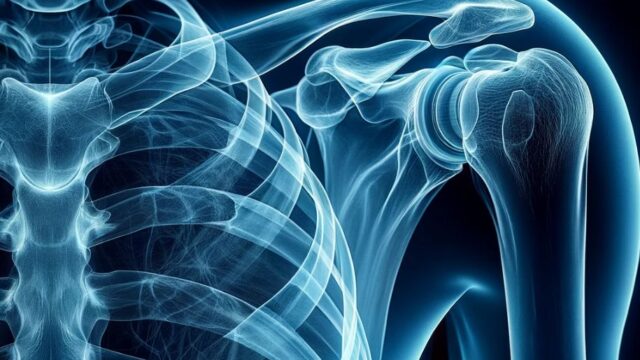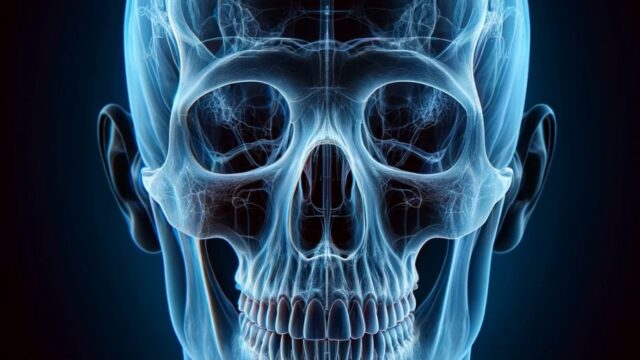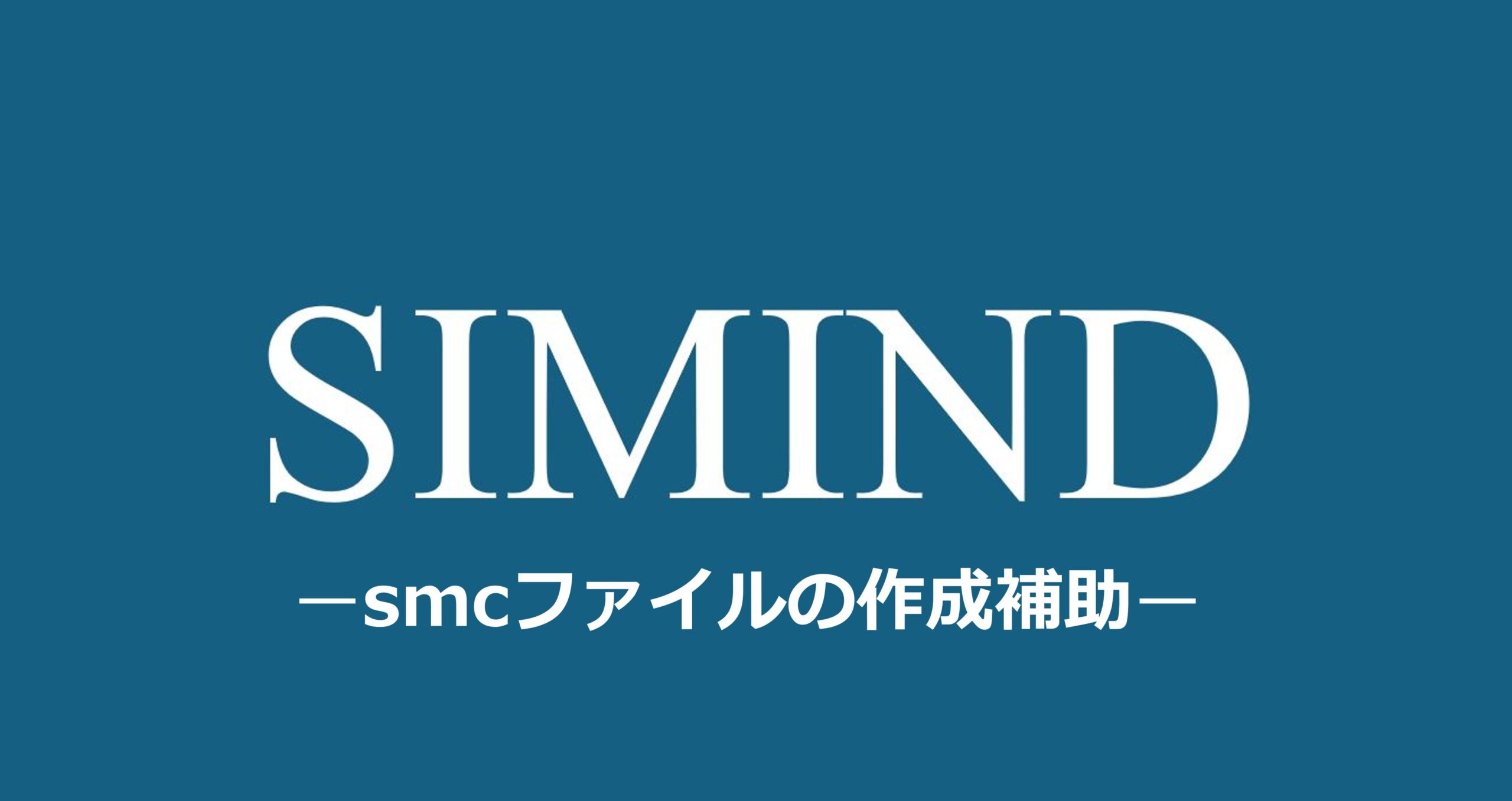Purpose
Observation of the trachea, lung fields, and mediastinum.
Detection of intraperitoneal gas and peritonitis in patients with acute abdominal pain.
Prior confirmation
Remove any obstacles (necklaces, tied-up hair, buttons, etc.).
Positioning
Stand facing the cassette in an upright position.
Align the coronal plane parallel to the cassette.
Position the upper edge of the imaging area 5cm above the shoulder joint (relaxed posture).
Elevate the chin and rest it on the imaging surface.
Lower the shoulders and internally rotate both hands to embrace the imaging surface.
Ensure that the left and right sides of the trunk are not protruding beyond the cassette.
Place markers (R, L).
CR, distance, field size
CR : At the level of the inferior border of the scapula, perpendicular to the cassette in the mid-sagittal plane.
Distance : 200cm.
Field size : Centered on the inferior border of the scapula, extending up to 5cm above the shoulder joint.
Exposure condition
120kV / 4mAs. (To minimize the influence of cardiac motion, the exposure time should be kept as short as possible (maximizing the mA)).
Grid ( + )
Maximum inhalation.
Image, check-point
Normal (Radiopaedia)
The entire lung fields are included in the image.
The spinous processes are projected at the center of the thoracic vertebrae.
Both clavicles are at the same height and projected below the lung apices.
Both sternoclavicular joints are equidistant from the center.
The shadow of the scapulae is outside the lung fields.
The image is taken at maximum inspiration. (If the posterior edge of the 10th rib overlaps with the costophrenic angle, it is sufficient).
Recognizable thoracic vertebrae superimposed on the mediastinum.
There is no blurring in the image.
Videos
Related materials













